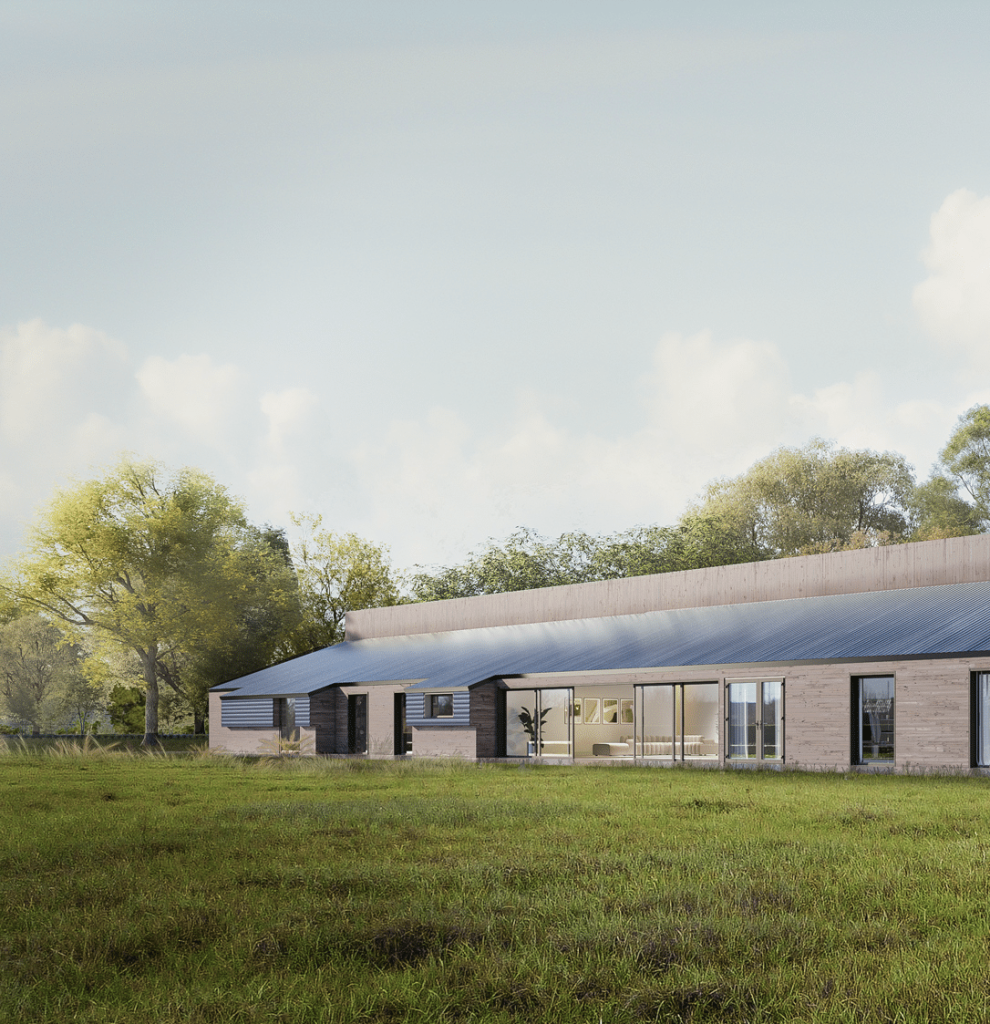Class Q – Key Government Changes For Conversions & Alterations
What to expect
Class Q is a well-known part of the planning system which allows agricultural buildings to be converted to residential use as a permitted development right. From May 21st 2024, the Government’s latest changes will be brought into effect. The purpose of this Briefing Note is to highlight the key changes and critically, what they mean for those wanting to convert or make alterations to a barn.
The buildings are no longer solely limited to agricultural use
The first key change is that the building does not have to be in agricultural use, but it does have to be part of the same unit. Class Q has been amended to allow for the change of use of agricultural “buildings” to dwellinghouses. The building can be part of an established agricultural unit (i.e. an existing agricultural barn) or a former agricultural building that was (but is no longer) part of an established agricultural unit. Therefore, this amendment has the potential to release barns which may have served other purposes within an existing or former farm. This addresses a key issue we’ve found with Class Q applications in that agricultural buildings on farms often play host to a series of activities, not just agriculture (e.g. ancillary equine activities).
However, there are pitfalls, in the case of a Class Q conversion where a barn (the site), that was (but is no longer) part of an established agricultural unit and has been used for any other non-agricultural purpose, then they will not benefit from Class Q. What is unclear, is how this impacts barns where new or current owners have been using a barn unlawfully for an alternative use for a period below 10 years.
Floorspace and Unit Numbers are up
The amendments provide some positive news by increasing the number of homes which can be secured via a class Q from 5 to 10. To allow for this, the maximum amount of floorspace available for conversion has now risen to 1,000 sq.m. However, the floor space of any dwellinghouse developed under Class Q is now limited to up to 150sqm, a reduction on the previously permitted rights. Therefore, for example, to accomplish the maximum delivery of homes under Class Q, you could convert a 1,000sqm barn into ten dwellings, assuming each dwelling is no more than 100sqm.
This could reduce the attractiveness of buildings to single-occupiers looking for a ‘grand designs’ bespoke barn conversion. However, the trade-off is that more residential units can be achieved.
Extensions are allowed
You can now extend as part of Class Q with a single-storey rear extension for up to 4 metres. However, there must be existing hardstanding which was in place on the 24th of July 2023 which the proposed extension would replace.
Concluding thoughts
The changes are interesting and bring into sharp focus more potential than previously allowed for. However, the same limitations apply in terms of the siting of the building and the somewhat subjective decision as to what constitutes works which are “reasonably necessary” for the conversion to take place.
Whilst there are many welcome changes in the legislation, there are also new pitfalls, which can impact Farm and Barn owners looking to explore taking advantage of the new prior approval rights, particularly Class Q.
This is just a summary of the changes, and because of the delicate detail of these permitted development rights, it we cannot stress enough the importance of an early discussion to develop a strategy and plan how to manage your farm, barn, or forthcoming agricultural building purchase to ensure you can take advantage of the above-permitted development rights or alternative means of securing permission.
Our team of planning consultants are more than happy to answer any questions you have in regard to these changes.
Enquire today for your FREE consultation call.
